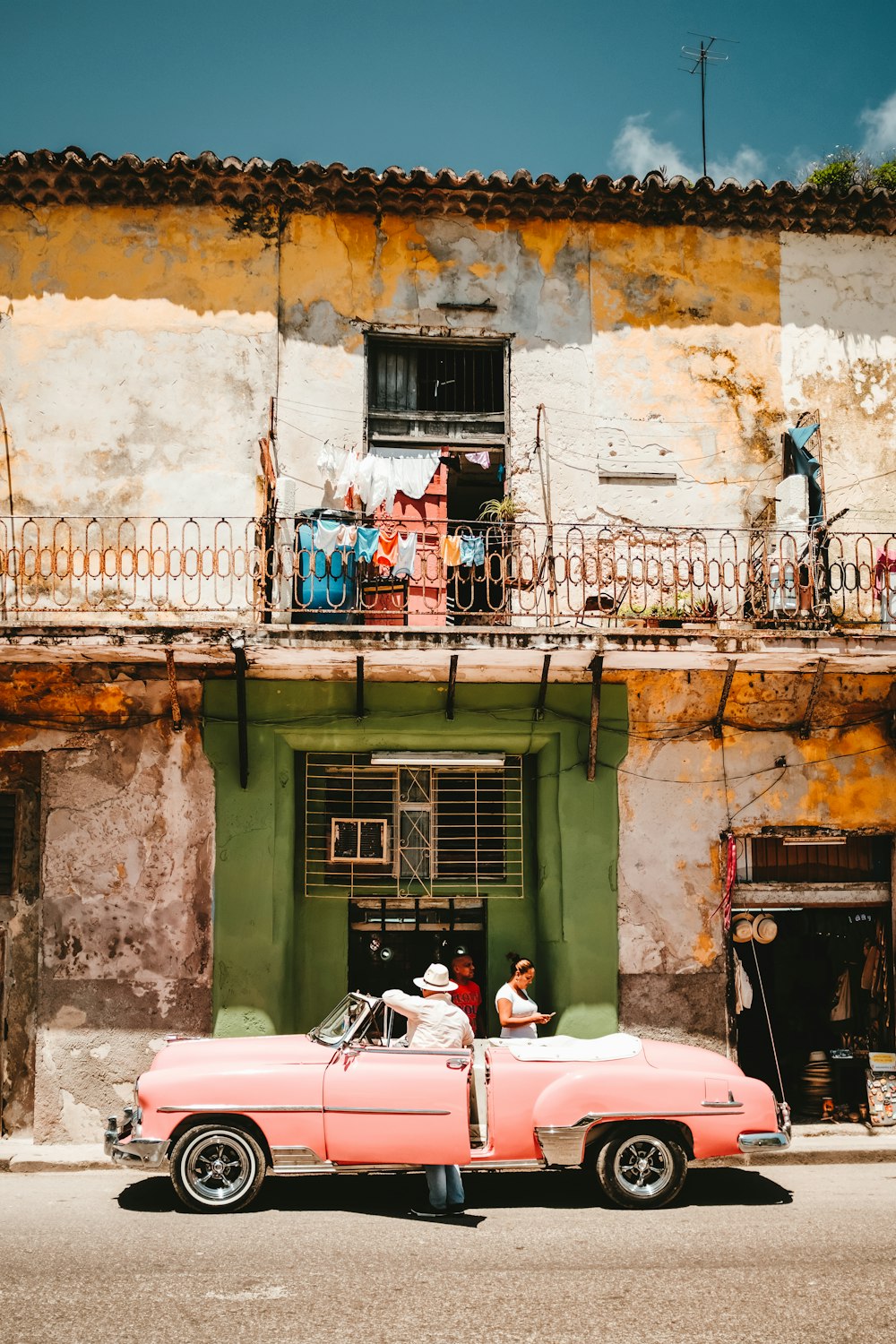After World War Two, the brewing conflict between the two countries came to a peak in what we now regard as the Cold War. Contrary to World War Two, The Cold War wasn't fought by men on battlefields and in trenches. It was built by a network of threats largely created by the emersion of nuclear technology. Florida comes into play due to its proximity to Cuba, where the soviet union was harboring weapons. Cuba and soviet Russia have a complex relationship which was prompted by Fidel Castro's introduction of socialist ideals in Cuba, and followed by Soviet Nikkita Kruschev's "arms race" with the U.S. to develop and test an atomic bomb.

(photo of Cuba)
The conflict was further escalated when spy photographer Richard Heyser captured an image of a Soviet SS-4 medium-range ballistic missile being constructed in Cuba. The soviets saw the introduction of this missile in Cuba as a way to level the playing field between the two countries, and U.S. contention with Cuba was also at play after the failed Bay of Pigs invasion in 1961.
Fortunately, contentions were relieved after the Cold War. Even during the tensions of these times, Cuba and the United States wrote letters to one another. In one final letter, soviets agreed to remove missiles in Cuba id the U.S. did the same in Turkey. The Kennedy administration agreed to this on the terms that they would also not invade cuba. On October 28th, the crisis drew to a close.